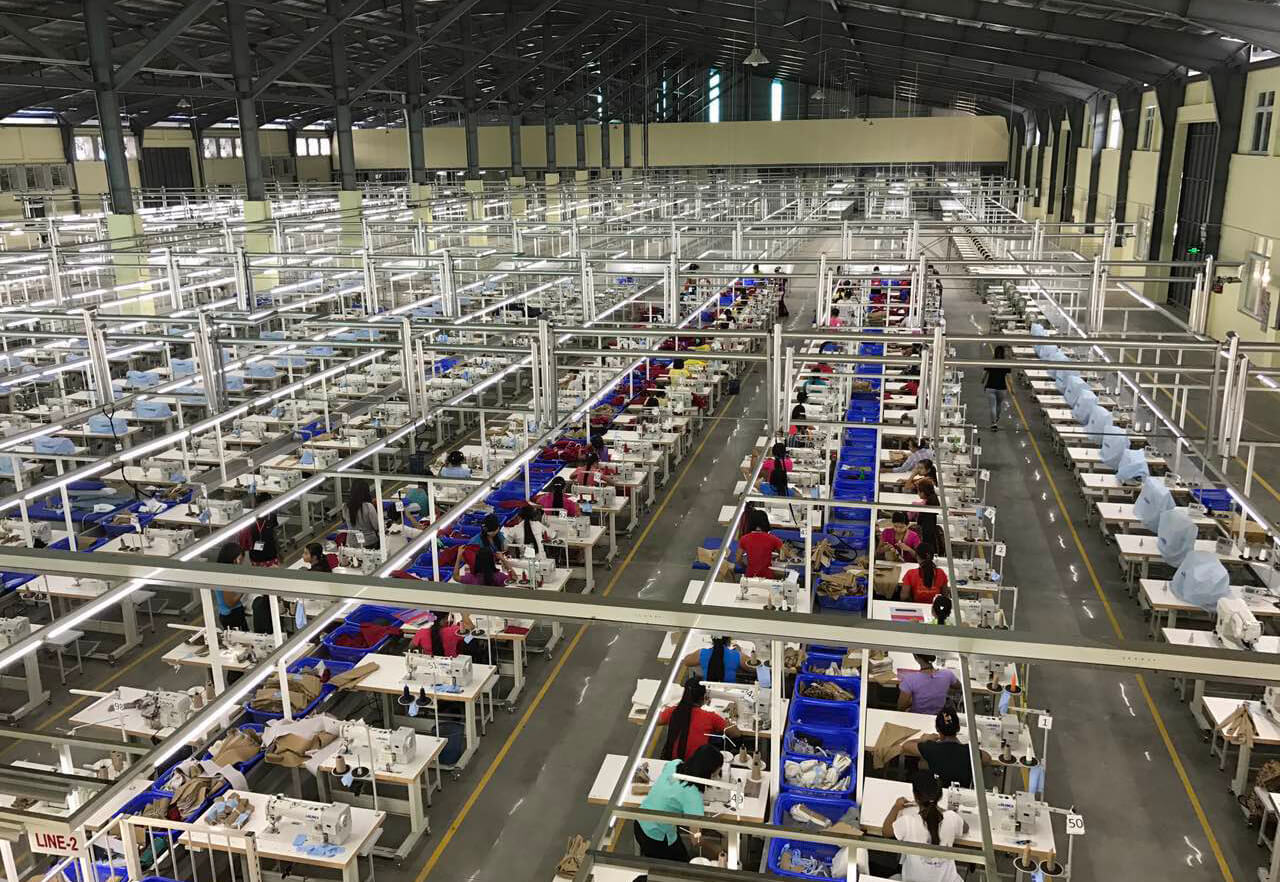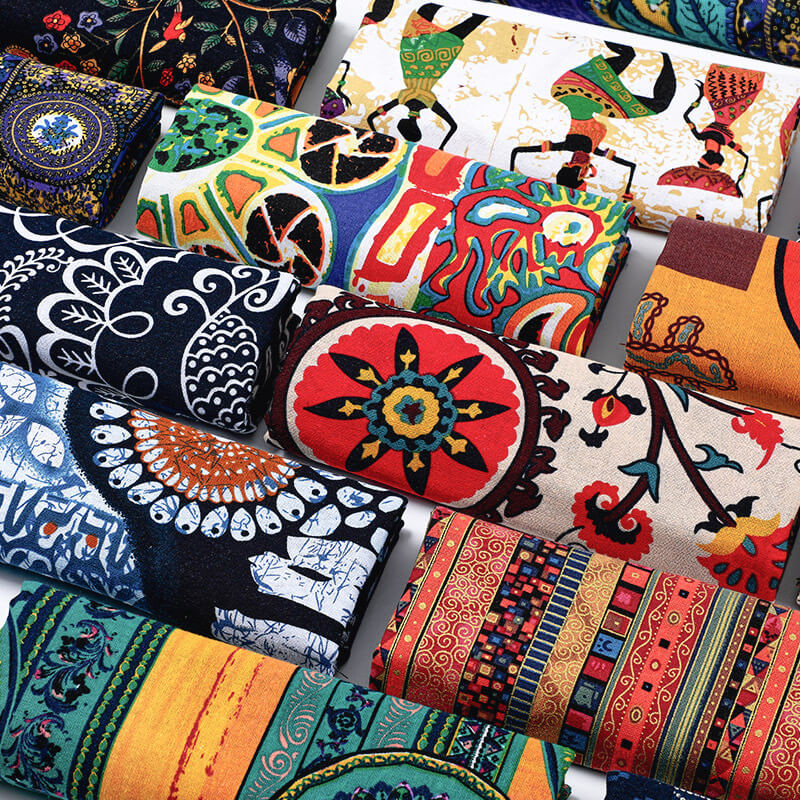Garment size tolerance is an important factor to consider when producing clothes. This guide will help you understand the basics of clothing size tolerance so that your production runs as smoothly as possible.
What is tolerance?
Tolerance, or the acceptable limit of variation in measurement, is used to determine whether a product meets a given quality standard. Two pieces of clothing of the same size cannot be guaranteed to be exactly the same—this is why two “size small” shirts from the same store might be slightly different but still within an acceptable range. As long as the measurements (for example, +/- 0.5 inches of tolerance, or half an inch more or less than the expected standard measurement) are within the set tolerance, the clothing still meets quality guidelines. Tolerance is the maximum error margin for a garment’s specific measurements.
Why is tolerance necessary?
Clothing Tolerance is necessary to a degree and necessary depending on the industry. For many industries, quality control will be purely related to customer satisfaction. For others, it may be related to user safety. In terms of consistency, a lower tolerance level seems more desirable (no matter the industry). However, implementing stricter controls comes with its own costs.
If a company is too lenient with its tolerance levels, it might face consumer complaints and returns issues. Consumer confidence is also key – if customers see that a company has a high tolerance for poor quality, they might not purchase from them again. On the other hand, if standards are too strict, companies might miss out on potential sales due to product rejections. There is also a cost associated with tighter quality control, as more resources must be devoted to inspection and testing. Therefore, determining the right level of tolerance is essential for any business.
- Impact on the environment
We should not add to the world’s waste by producing sub-par items. If there is a wide range of what is considered an okay product, it leads to more “non-conforming” products. Most people wouldn’t be able to spot the imperfection, but because it exists, the entire item gets thrown away. So unacceptable! To combat this issue, some companies are lessening their standards. For example, supermarkets are now taking in food that isn’t as fresh as before for appearance reasons only.
Even if there is a failure, we make sure to reuse the item for testing or other purposes around our workshop.
- Cost Effect
We have already established that if tolerances are set too tightly, the number of units rejected will increase. These lost units increase the cost and time it takes to produce the product. You could argue that a “quality reputation” might lead to more orders. But this still needs to be balanced (the cost of rejects against the cost of increased orders), and there is no guarantee.
Increased production by accepting a higher tolerance can lower the price.
- When low/zero tolerance is important
For some companies, manufacturing “critical” parts – such as components for airplanes or medical equipment – engineering tolerances must be very low for safety (and liability) reasons.
Companies that make other complex products and machinery also have low tolerances for variation in their parts; too much variation within a component can render the entire product unusable or unfit for purpose, which may result in more waste than less strict tolerances.
Tolerance of textile industry

Textile manufacturers must account for a certain degree of error when cutting clothes to be assembled. No two garments can ever be exactly the same— not even if they are both the same product and size.
- Production
To ensure that each product meets the required standard, every textile factory has its own quality control rules and tolerances. Given that textiles have a high degree of stretchability, making it easy to manipulate them into shape, during the production process, they need to be handled by both humans and machines, which can result in changes and unpredictable results when cutting and assembling garments. The likelihood of two garments being exactly alike is very small; however, as long as they fall within the set clothing tolerances, the manufacturer will consider them acceptable.
- Printing journey
For most manufacturing, particularly textile products, these items are typically produced in countries around the world. Then, they must travel a certain distance by air to reach the distributors. From there, distributors sell the products to print shops for customization. At this stage, it is more expensive for print shops to set a higher tolerance level and reject products that are considered defective by the manufacturer. This would be very wasteful. As such, they are forced to take responsibility for clothing that is considered defective.
- Perceptible changes
Changes that fall within an acceptable range are not generally noticeable when clothes are worn. The fabric will contort and adjust to the person’s asymmetrical body shape, posture, and movement. In the end, customers are also unlikely to compare products side-by-side (aside from making sure they aren’t identical).
To ensure that your brand changes are important to the clothing manufacturer, it is best to confirm their standards with them. For example, a color change may be less essential than the general shape of the clothing. By talking with the manufacturer, you can ascertain how crucial the change is and whether it warrants implementation.
Tolerance of textile printing

- Print positioning tolerances
We always try to meet specific location measurement requirements, believing that our accuracy is some of the best in the industry. However, we only use these specifications as a guide. We allow for a maximum difference of 2 centimeters from the target distance. Changes less than this value are not printing errors in our eyes.
- Loading accuracy
Accuracy is important when loading garments onto a rotary screen printing carousel. We mark the desired placement and aim to hit that target each time we load a shirt. Because we are loading a new T-shirt every few seconds, adjusting the placement in millimeters is not feasible. This would require stopping production and dramatically increasing the length of each print run. This would, in turn, increase the cost of each job and the amount of time required to complete it. So, this is one of the factors that can contribute to some position variation.
- Structure of clothing
The structure of clothing is naturally also a factor in positioning. When a batch of shirts of the same size and style differ in their cut, this will change the “relative” positioning of the print.
For example, consider a print that must be horizontally centered. There are multiple possible reference points for this. You could use the sleeve seams as a guide for the center of the chest rather than the neck hole. But if the neck hole seam is not evenly spaced between the shoulder seams, then the print will not be centered at the neck. It will either be off-center from the neck or more towards one sleeve.
Combined with a manufacturer’s tolerances and printing process, it is difficult to reliably hit the same target each time. However, “perceptible changes” (refer to tolerances in textile structures) also apply to positioning. We believe our tolerance specifications take this into account.
Acceptable Sewing Tolerances for Properly Fabricated Garments
Although we do our utmost to ensure each product is sewn according to its specific measurements, some variations will always occur due to hand sewing and the varying thicknesses of different fabrics. Here are the margins of error we find acceptable for each product type.
- T-shirt
Measurement sewing tolerances for t-shirts
| Dimensions | Tolerance +/- |
| Chest Width | 0.5” |
| Midsection Width | 0.5” |
| Botton Width | 0.5” |
| Shoulder Width | 0.375” |
| Sleeve Width | 0.1875” |
| Center Back Length | 0.75” |
| Center Front Length | 0.75” |
| Sleeve Length | 0.375” |
| Arm Hole | 0.25” |
| Collar Width | 0.375 |
| Collar Deepth | 0.25 |
Note: The tolerance measurements for chest width, midsection width, bottom width, and sleeve width are doubled to calculate the full circumference around the shirt at these points. For example, if the chest circumference has a + or -1″ tolerance, that is double the 0.5″ tolerances for both side seams at each underarm point.
- Hoodie/ Sweatshirt
Measurement tolerances for Hoodie/ Sweatshirt.
| Dimensions | Tolerance +/- |
| Shoulder Width | 0.375” |
| Chest Width | 0.5” |
| Waist Width | 0.5” |
| Hip Width | 0.5” |
| Center Back Length | 0.75 |
| Sleeve Length | 0.5” |
| Sleeve Bicep Width | 0.5” |
| Sleeve Cuff Width | 0.25” |
| Center Front Length | 0.5” |
Note: To calculate the sewing tolerance for the entire circumference around the hoodie at different points, we take measurements of chest width, midsection width, hip width, sleeve bicep width and sleeve opening width. Then, we double these numbers to get our final figure. For example, a tolerable chest circumference+ or -1″ is twice as much (+ or -05″) when only considering chest width.
- Sweat Pants
Pants measurement tolerances.
| Dimensions | Tolerance +/- |
| Waist Width | 0.5” |
| Hip Width | 0.5” |
| Thigh Width | 0.25” |
| Leg Opening Width | 0.125” |
| Outseam Length | 0.5” |
Note: The tolerance for the full circumference of pants at points like waist width, hip width, knee width and leg opening width is simply double the measurement tolerances. For example, if a pant has a waist measurement tolerance of + or -0.5″, its circumference would have a tolerance of + or -1″.
Wrapping up
If you have more questions or would like to give us some feedback, don’t hesitate to reach out–we love hearing from our customers! With over ten years of experience in the garment industry, we at Lezhou Garment always put our customers first. We appreciate any and all feedback to provide the best possible service.
Thanks for reading!
